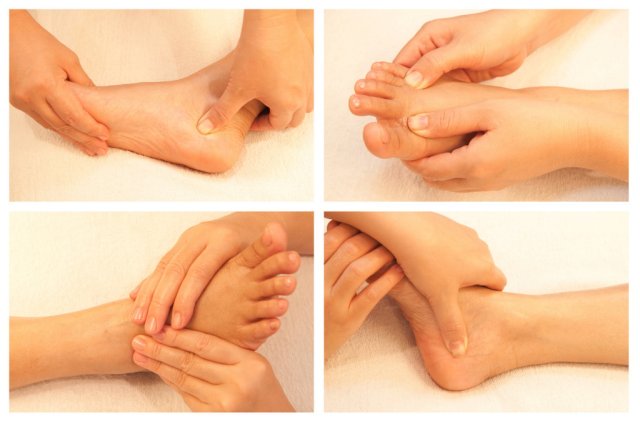The many benefits of reflexology
Reflexology is an ancient form of massage therapy. What does it entail and how can it help people? Read on to find out more.
Our reflexology course in Essex is extremely popular with those working in holistic massage therapy. In order to train as a reflexologist, there is a lot you need to learn about the body, and how different points within the body help one another. You may know a little or a lot, but here is everything you need to know before taking our reflexology course.
What is reflexology?
The name reflexology originates from the fact that this therapy uses ‘reflex points’. Feet, hands, and the head (ears in particular), are all known reflex points. This means they correspond to another part of the body, for example, the arch in a foot corresponds to the bladder. If you are somebody who suffers from headaches, the tips of the toes are known to correspond to the head. Therefore using reflexology techniques on the tips of the toes can help your head.
Reflexologist Rosanna Bickerton explains that reflexology aims to “create homeostasis, which means that the organs in the body are all working together and at their best”. Therefore, reflexology uses reflex points to heal and relax different areas of your body. Different techniques will be used such as kneading, finger pressure, and holds.
Where did reflexology come from?
There is no certainty where the practice of reflexology came from. Some evidence suggests that people in China have been practising foot and hand therapy since around 4,000 BC. There is also some evidence indicating that in Ancient Egypt it was used around 2,330 BC.
In the 20th century, Dr William Fitzgerald was considered ‘The Father Of Reflexology’ as he started using reflexology techniques in the USA. It was William Fitzgerald who started to map certain reflex points, corresponding them to various other parts of the body.
What are the benefits of reflexology?
When first visiting a reflexologist, clients may be asked about their lifestyle, or if they have any current health issues. This is to help the reflexologist determine which points to work on, making sure that the benefits for each client will suit them.
While reflexology isn’t known to heal people with life-threatening health conditions, clients claim to feel healthier and the treatment has been known to relieve PMS, headaches, improve circulation and digestive issues.
Reflexology can make people feel very relaxed and it soothes tired feet. Although it goes much beyond a simple foot massage, taking some time to rest our feet, which we use every day, is very beneficial.
Some clients who enjoy massage therapies often feel nervous about undressing for treatment. For reflexology treatments, the client can choose to remain fully clothed, ensuring that they don’t feel nervous or exposed during treatment.
Why should I take a reflexology course?
Through taking a reflexology course, you will learn about the different reflex points and how they correspond to different areas of the body. You will gain in-depth knowledge about the bones in the feet and energy zones which guide the reflex points.
There is a lot to learn in the two-day course. There are also some prerequisite courses which will be needed before you take the course. This is to ensure that you have all the background knowledge needed to complete the course, and you are able to confidently offer reflexology to your clients.
Elite School of Beauty Therapy offer a 2-day reflexology course in Essex. For more information, call 01279 755077 or find out here about the course. Whether you already offer holistic massage therapies to your clients or not, reflexology can give you an alternative treatment with a range of benefits.


